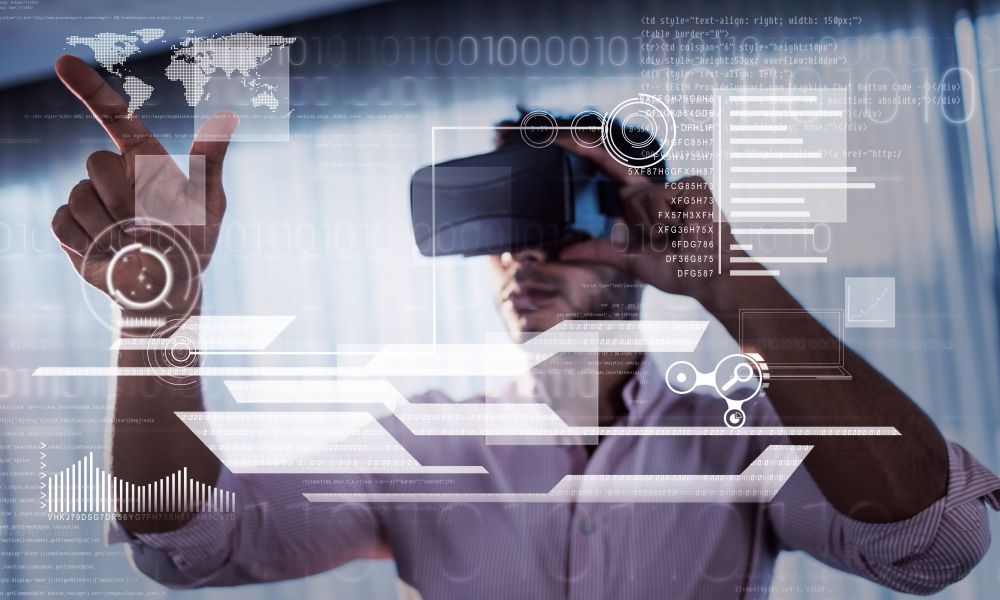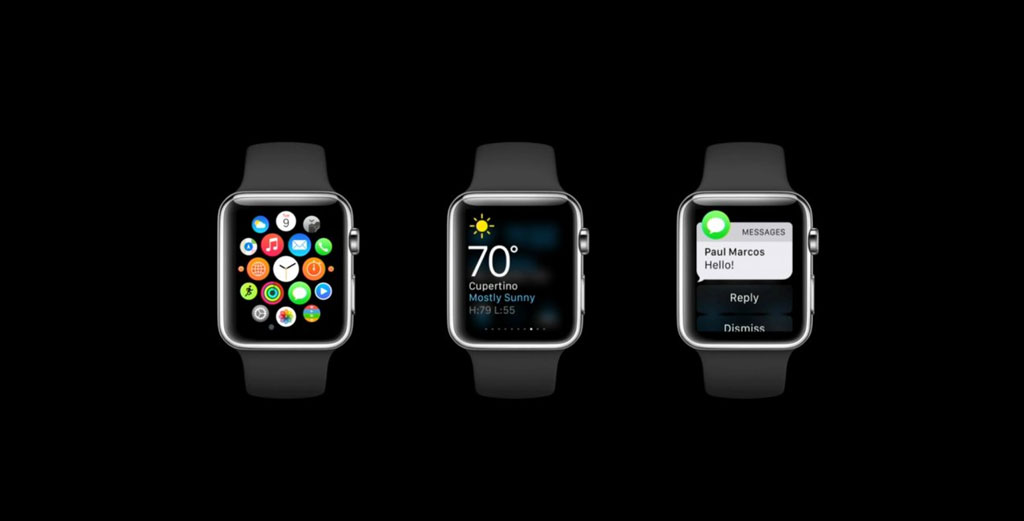Apple’s ‘Reality Pro’ Headset Will Include ‘Everything But the Kitchen Sink’
 Credit: vectorfusionart / Shutterstock
Credit: vectorfusionart / Shutterstock
Toggle Dark Mode
As the likelihood increases that we’ll see the unveiling of Apple’s long-awaited mixed-reality headset at this year’s Worldwide Developers Conference (WWDC), more information is beginning to surface about its design and the approach Apple intends to take to convince consumers that they need such a device in their lives.
In the latest edition of his Power On newsletter, Bloomberg’s Mark Gurman shares several interesting tidbits on Apple’s thought processes behind the headset, revealing that the company may have a somewhat unfocused approach to this first-generation model.
According to Gurman, Apple still hasn’t answered the critical question of why “an ordinary consumer [would] need such a device.” Hence, the company plans to market it by throwing everything at the wall and seeing what sticks.
As odd as it may sound, it’s a strategy that’s worked for Apple at least once before. As Gurman points out, the Apple Watch began its life in 2014 with a similar “kitchen sink” approach, describing dozens of different features that Apple’s first wearable would bring to the table.
In 2014, Chief Executive Officer Tim Cook pitched the original Apple Watch as a highly accurate timepiece, a fitness tracker, a way to send personal messages to other wearers — and much more. In his presentation, he talked about using it as an Apple TV remote, an iPhone camera view finder and a walkie-talkie.
Mark Gurman

With the Apple Watch having evolved into a much more razor-focused health and fitness device, it seems quaint to think of a time when nobody was quite sure what it would become. Third-party developers didn’t do much better at figuring out quite what to do with the Apple Watch; the history of the wearable is littered with high-profile apps that vanished from the App Store after it became evident that a 1.5-inch keyboardless screen wasn’t the best way to shop online, read long-form news articles, or post social media updates. Likewise, the watchOS software evolved, abandoning features that never really caught on, such as Glances and the Friends circle.
In Search of the Killer App
From what Gurman’s sources have shared, Apple “plans to pack the headset with a variety of features,” in a similar hope that the market will help it figure out what aspect of the headset to focus on going forward.
This will include a wide variety of first-party apps, from the more obvious gaming and fitness categories to tools like email and calendaring, and even a way to read Apple Books in a virtual reality interface.
It’s a bold move, and it may very well be Apple’s path to ensuring its new headset ultimately succeeds where many others have failed to gain much traction. After all, most AR/VR headsets on the market are much more opinionated in their designs and approaches. Companies like Meta and HTC are releasing products that are trying to define the market instead of being more open.
While that’s also Apple’s playbook for most of its products, it seems Tim Cook and the gang are wise enough to understand when a product needs to listen more than it speaks.
The fact is, Apple had little idea which options would resonate. In the end, it focused on health tracking, notifications and complication-rich watch faces — but only after customers zeroed in on those features as their favorites.
Mark Gurman
Gurman provides a list of the type of apps we’ll see on the new headset, which he adds is likely to be called the ”Reality Pro” or “Reality One,” based on trademark filings from last summer.
This will include the ability to run most of Apple’s lineup of iPad apps — Books, Camera, FaceTime, Freeform, Safari, TV, and more — in a new mixed-reality AR/VR mode. Apple’s also expected to add a new “Wellness” app focusing on meditation and finding a calm center. That’s likely going to be a logical extension of the Mindfulness app that launched in watchOS 8.
The headset will also reportedly be able to “run the hundreds of thousands of existing third-party iPad apps from the App Store with either no extra work or minimal modifications,” plus some “top-tier titles” from existing iPad game developers that will be optimized specifically for the headset.
Since the headset isn’t expected to actually go on sale until later this year, there will undoubtedly be a “wave of apps” from third-party developers. One of the main impetuses behind Apple unveiling the headset at WWDC is to give developers a head start, and Gurman notes that in addition to the usual tools, Apple plans to offer “a Mac-based headset simulator” so they can get started right away without having the physical headset on-hand.
Other built-in features will include the ability to use the headset as an external monitor for a Mac, advanced videoconferencing features, new collaboration tools for the Freeform app, virtual environments for watching movies and TV shows, and a VR app for Fitness+ workouts.
Apple’s initial “Reality Pro” headset is expected to go on sale later this year with an expected price somewhere north of $3,000. Apple reportedly already has a more affordable “Reality One” version in the works for release sometime in 2024 that could bring the technology to a much wider audience.
[The information provided in this article has NOT been confirmed by Apple and may be speculation. Provided details may not be factual. Take all rumors, tech or otherwise, with a grain of salt.]








